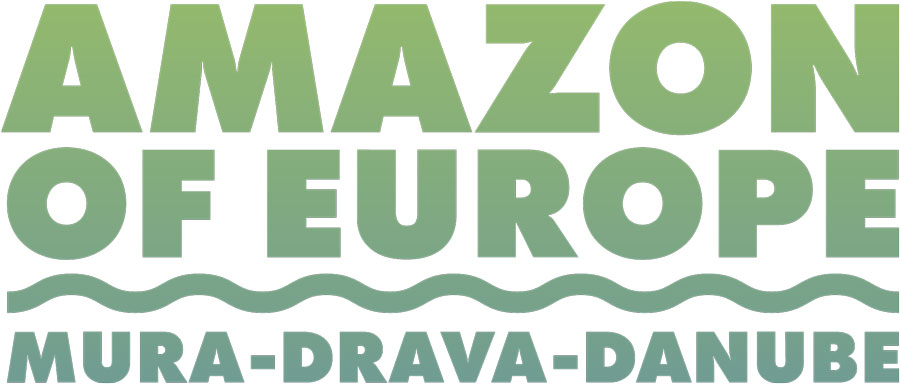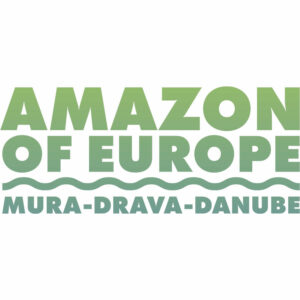THREATS
Despite its protected status, the UNESCO Five-country Biosphere Reserve Mura-Drava-Danube, faces several significant threats to its unique ecosystem and biodiversity. These threats stem mainly from outdated river management practices and conflicting development interests.
Key threats include:
- River channelling: Past and potential future channelling of natural river courses poses a serious threat to the ecological integrity of the area. This practice aims to create uniform channels, but destroys the natural dynamics of the rivers and leads to the degradation of floodplain forests.
- Gravel and sand extraction: The removal of sediment from riverbeds has a devastating impact on the environment. Together with the channelling of rivers, it leads to the deepening of riverbeds, the lowering of groundwater levels, the drying up of wetlands and floodplain forests, and the loss of natural river habitats such as gravel and sand banks.
- Hydropower dams: Proposed hydropower projects, particularly on the Mura River in Slovenia and the Drava River in Croatia, threaten to disrupt the natural flow and ecology of these rivers. For example, the existing hydropower dam at Donja Dubrava in Croatia causes unnatural flows throughout the free-flowing section of the Drava during peak periods, resulting in habitat loss and a decline in fish populations.
These threats are already having a measurable impact. For example, the population of sand martins along the Drava River fell from 14,000 breeding pairs in 2005 to just 6,000 in 2024, mainly due to habitat destruction.
In addition to biodiversity loss, these practices also cause economic damage. Falling groundwater levels affect drinking water supplies, forests, agriculture and fish stocks. The channelling of rivers also increases the risk of flooding in downstream settlements.

